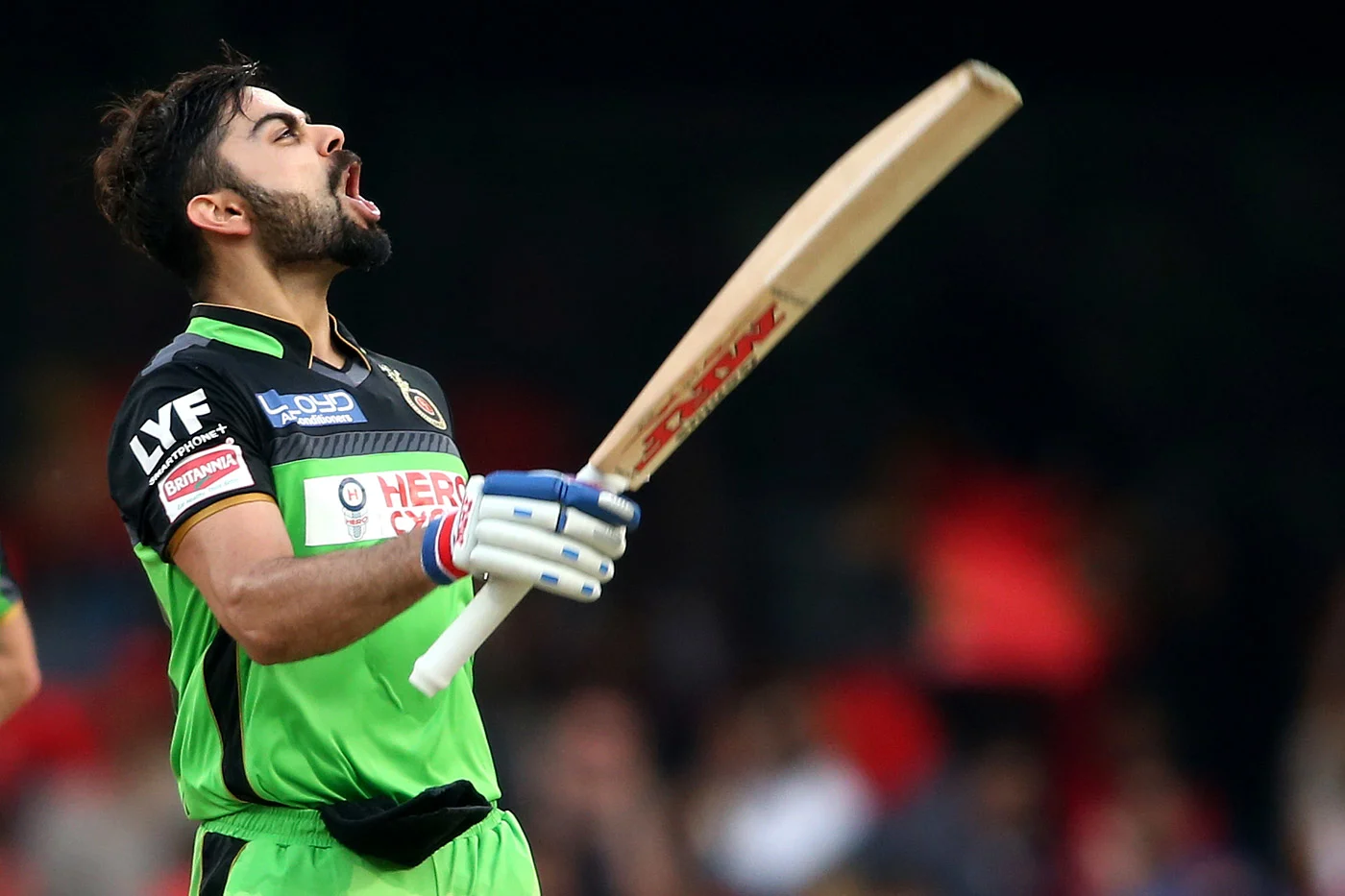One of the most fundamental elements of cricket is the wicket. Found at either end of the pitch, the wicket serves multiple purposes, acting both as a target for the bowler and a barricade for the batsman.
What is Wicket in Cricket?
The wicket is composed of three vertical stumps, standing closely together, and topped with two horizontal bails. Stumps are slender wooden rods, about 28 inches in height, driven firmly into the ground.
Resting delicately on top of the stumps, the bails are small wooden pieces that connect the stumps. The bails‘ primary function is to be dislodged when struck by the ball, signifying the end of the batsman’s innings.
In cricket, the term ‘wicket’ has several meanings, depending on the context in which it is used:
- Physical Structure: The most literal meaning of a wicket is the set of three wooden stumps topped by two bails at each end of the pitch. The bowler aims to hit the wicket with the ball, and the batsman defends it.
- Dismissal: When a batsman is said to be ‘out’, it is often stated that a wicket has fallen or been taken. For example, if five players on a team are out, it’s said that five wickets have fallen.
- Pitch: Sometimes, the term ‘wicket’ is also used to refer to the pitch itself. For instance, a pitch that favors bowlers might be referred to as a ‘bowler’s wicket’, while a ‘flat wicket’ might indicate a pitch that is good for batting.
The term ‘wicket’ is fundamental to the game of cricket and is used frequently in various contexts. Understanding its meaning is crucial to understanding the game.
Protection of the Wicket
An integral aspect of cricket is the need to protect the wicket from being knocked over. To ensure this, the stumps and bails are positioned in such a way that they are capable of absorbing the impact of the ball. At the same time, they need to be stable enough to remain standing throughout the game.
If, by any chance, the wicket becomes damaged or compromised during play, the umpires have the authority to have it repaired or replaced.
Significance of Wicket in the Cricket Game
The ultimate objective in cricket is to score runs, and the wicket plays a crucial role in determining the success or failure of both the bowler and batsman.
When a bowler delivers the ball, their main goal is to hit the stumps, thereby dislodging the bails, while the batsman’s primary responsibility is to protect the wicket.
If the ball strikes the wicket and dislodges the bails, the batsman is declared “out,” ending their innings.
Analogy in the Real World of Cricket
Imagine a wicket as a metaphorical fortress, with the stumps acting as the towering walls and the bails as the vulnerable gates.
The batsman is the commander, fiercely defending their fortress from the attacking bowler. The bowler, on the other hand, becomes the mighty warrior, skillfully charging towards the wicket, seeking to breach its defenses.
The clash between the batsman and bowler mirrors the calculated maneuver and strength required in a battlefield scenario.
Just as a skilled warrior would strategize to infiltrate the enemy fortress, the bowler employs various tactics to deceive the batsman. The batsman, however, dons the armor of technique and resilience to protect their wicket.
In conclusion, the wicket is an essential component of cricket, symbolizing the struggle between the bowler and batsman. It exemplifies the nature of the sport, requiring precision, technique, and resilience from both sides.
The protection and dislodgement of the bails determine the flow of the game, encapsulating the spirit of competition that makes cricket a captivating sport.











